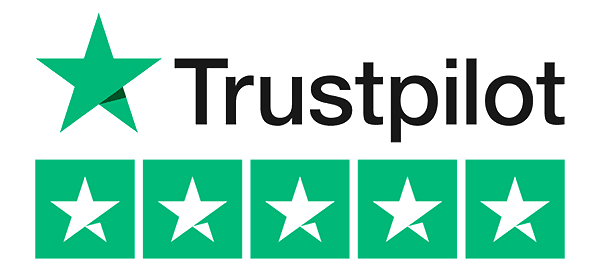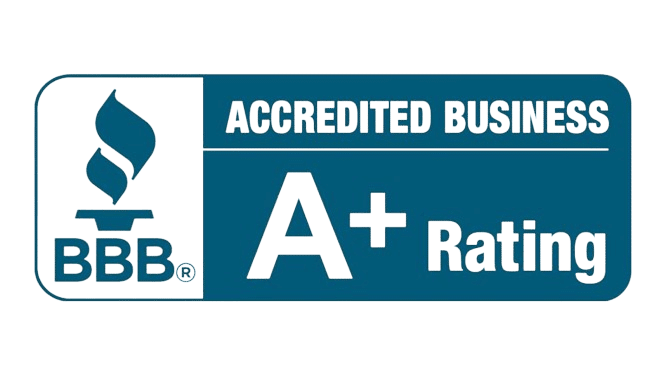Affordable Healthcare Plans
Get free health insurance quotes and coverage options from the industry's top providers effortlessly using JG Wentworth marketplace. Find the perfect fit for your needs, and secure your healthcare with confidence.


Why JG Wentworth?
Why JG Wentworth?
A Legacy of Expertise
More than 30 years of experience in the financial industry
A Trusted Partner
We've connected over 1 million people to financial products
A Renown Brand
Helping customers get cash is what we're known for

Health insurance is a type of insurance coverage that pays for medical and surgical expenses incurred by the insured individual. It is a contract between the policyholder (the person or entity that purchases the insurance) and the insurance company (the insurer). In exchange for regular premium payments, the insurance company provides financial protection and coverage for various healthcare costs.

Health insurance premiums are determined by a combination of factors that help insurance companies assess the risk associated with insuring an individual or group. These factors can vary depending on the insurer, the specific plan, and regional regulations, but here are the common factors that influence health insurance premiums:
- Age: Older individuals generally have higher healthcare needs, so health insurance premiums tend to increase with age.
- Location: Health insurance costs can vary significantly by geographic location due to differences in healthcare costs, provider availability, and local regulations.
- Tobacco Use: Smokers and tobacco users often pay higher premiums due to the increased health risks associated with smoking.
- Health History: A person's medical history and pre-existing conditions can impact premiums. Those with chronic illnesses or a history of serious health issues may face higher costs.
- Plan Type: The type of health insurance plan chosen (e.g., HMO, PPO, high-deductible) affects premiums. Plans with lower out-of-pocket costs typically have higher premiums.
- Coverage Level: The extent of coverage, including deductibles, copayments, and coinsurance, can influence premiums. Plans with more comprehensive coverage often have higher premiums.
- Family Size: Family health insurance plans cover multiple family members, and premiums can increase with the number of dependents included.
- Income: In some cases, income level may affect premium costs, especially for those seeking government-subsidized health insurance through programs like the Affordable Care Act (ACA) in the United States.
- Network: Plans with a broad network of healthcare providers may have higher premiums than narrower network plans that limit provider choices.
- Deductible Amount: Higher deductible plans typically have lower premiums, but they require individuals to pay more out of pocket before insurance coverage kicks in.
- Copayments and Coinsurance: The amount individuals must pay for each medical service (copayment) or a percentage of costs (coinsurance) can affect premiums. Plans with lower copays and coinsurance often have higher premiums.
- Government Regulations: In some regions, government regulations may impose restrictions on how insurers set premiums, ensuring fairness and prohibiting discrimination based on certain factors like gender or pre-existing conditions.
- Healthcare Inflation: General healthcare cost trends and inflation can impact premiums for all policyholders.
- Group vs. Individual Coverage: Group health insurance plans offered by employers may have different premium calculations than individual plans. Group plans often benefit from risk pooling, which can lead to lower premiums.

Health insurance comes in various types, each designed to meet different healthcare needs and preferences. The availability and specifics of these types of health insurance can vary by country and region. Here are some common types of health insurance:
Employer-Sponsored Health Insurance:
- Group Health Insurance: Employers offer group health insurance plans to their employees. These plans often provide comprehensive coverage at a lower cost because the risk is spread among all employees.
- Employee Contribution: Employees typically share the cost of premiums with their employer, and the employer may offer multiple plan options with varying coverage levels.
- COBRA: The Consolidated Omnibus Budget Reconciliation Act (COBRA) allows employees to continue their group health insurance coverage for a limited time if they leave their job, retire, or experience certain life events.
Individual Health Insurance:
- Purchased Independently: Individuals and families can purchase health insurance directly from insurance companies. These plans are not tied to employment and can provide more flexibility in choosing coverage.
- Marketplace or Exchange Plans: In some countries, government-operated health insurance marketplaces (exchanges) allow individuals to compare and purchase health insurance plans that comply with regulatory standards. Subsidies may be available for those with lower incomes.
Medicare: In the United States, Medicare is a federal program that provides health insurance for people aged 65 and older, as well as certain younger individuals with disabilities. It has different parts (A, B, C, and D) that cover various aspects of healthcare, including hospitalization, medical services, and prescription drugs.
Medicaid: Medicaid is a joint federal and state program in the United States that provides health coverage for low-income individuals and families. Eligibility and benefits can vary by state.
Children's Health Insurance Program (CHIP): CHIP provides health insurance to children in low-income households who do not qualify for Medicaid. It is also a state-administered program, and eligibility criteria vary by state.
Private Health Maintenance Organization (HMO): HMOs require members to choose a primary care physician (PCP) and typically require referrals from the PCP to see specialists. These plans often have lower premiums and out-of-pocket costs but require members to use a network of healthcare providers.
Preferred Provider Organization (PPO): PPOs offer more flexibility in choosing healthcare providers and do not require referrals to see specialists. Members can visit out-of-network providers, but they will pay less if they use in-network providers.
High-Deductible Health Plan (HDHP): These plans have higher deductibles and lower premiums. They are often paired with Health Savings Accounts (HSAs) that allow individuals to save pre-tax money for medical expenses.
Catastrophic Health Insurance: These plans are designed for young, healthy individuals who want to protect themselves against major medical expenses. They have low premiums but high deductibles and primarily cover essential health benefits after the deductible is met.
Short-Term Health Insurance: These plans provide temporary coverage for a limited period, often less than a year. They may offer fewer benefits than traditional plans and are not compliant with certain regulations, making them suitable for specific situations.
It's essential to carefully review the terms, coverage, and costs of each type of health insurance to choose the one that best suits your healthcare needs and financial situation. Additionally, healthcare systems and insurance options can vary significantly from one country to another, so it's crucial to understand the offerings available in your region.
Featured Health Insurance Articles
How Much Does Health Insurance Cost?
The cost of health insurance varies widely based on factors such as location, age, coverage type, and individual or family plans. On average, monthly premiums can range from a few hundred to over a thousand dollars per person.
Differences Between PPO and HMO Health Insurance
Navigating the landscape of health insurance can be complex, with numerous plans offering various levels of coverage, flexibility, and cost. Two of the most common types of health insurance plans are Preferred Provider Organizations (PPO) and Health Maintenance Organizations (HMO). Understanding the differences between PPO and HMO plans is crucial in making an informed decision that best meets your healthcare needs and financial situation. This article will delve into the intricacies of PPO and HMO health insurance, highlighting their key differences, advantages, and disadvantages.




